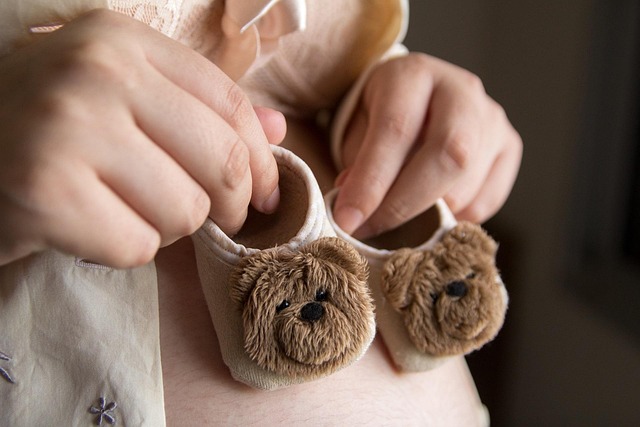When I found out I was having a daughter, I felt a deep desire that she would be beautiful. I envisioned her with flowing blonde hair, captivating blue or green eyes, an enchanting smile, and an adorable little nose. In my mind, I often repeated the name “Margot Robbie” as a mantra, hoping to manifest that kind of beauty.
Growing up in Northern California, I was surrounded by an array of golden-haired beauties who epitomized the all-American ideal. As a first-generation American with European roots, I inherited distinct angular features that made me stand out. Tall and dark-haired, with broad shoulders, I was often cast as the villain in school plays. My appearance led to teasing, with comments about looking “foreign” and being told I was unattractive. The 1990s beauty standards, which demanded perfection, compounded my insecurities. Models and celebrities were idealized for their flawless features, creating an unattainable benchmark.
After high school, I attempted to conform to these standards to build my self-esteem. I dyed my hair blonde, donned an array of pastels, and mastered the art of self-tanning. I slimmed down and wore the trendiest makeup, trying to erase any trace of my former self. It wasn’t until my mid-20s that I began to embrace my unique features, recognizing my so-called “flaws” as distinctive traits that added to my beauty.
With a clear vision of family in mind, I always intended to have two children, a girl and a boy. So, when the doctor confirmed I was having a daughter, I was overjoyed. Yet, I was taken aback by how this news reignited my insecurities regarding appearance. During the drive home, I turned to my partner and expressed my hopes for our child to be healthy, strong, and spirited. He responded with a wish for her to inherit my traits, which made me feel a surge of anger. “No, not like me. Please, not like me,” I exclaimed.
As I grappled with the guilt of my fixation on her looks, I reached out to some childhood friends. One revealed that she had always considered herself “the ugly one” despite her beauty. Another friend recounted the immense pressure she felt to maintain her perfection, which often left her feeling inadequate. Their confessions helped me realize that even the most beautiful among us often harbor insecurities.
Eventually, my wish was granted. My daughter is healthy, intelligent, kind, and spirited, with a petite frame, golden locks, and mesmerizing blue eyes. While I adore her appearance, she doesn’t resemble me at all.
Raising a “pretty girl” presents its own set of challenges. Despite strangers frequently complimenting her beauty, I recognize my responsibility to guide her through insecurities, self-esteem issues, and societal pressures. I genuinely believe my daughter is beautiful inside and out, and I strive to instill that belief in her as well. Yet, I anticipate that she may dismiss my affirmations, much like I did with my own mother’s words.
My hope is that she learns to appreciate the beauty in others without falling into the trap of comparison. I encourage her to stand up against superficial remarks about appearance, as I’ve come to understand that even those deemed “pretty” face their own struggles. While I acknowledge the importance of praising her intellect, humor, and creativity, I still make it a point to tell her she is beautiful every day. After all the energy I spent wishing for her outward beauty, I now understand that her worth is not solely defined by looks.
For those interested in further exploration of topics related to pregnancy and home insemination, this resource on artificial insemination offers valuable insights, while this link to the home insemination kit provides additional information on the subject.
In conclusion, my journey of self-acceptance and my hopes for my daughter’s beauty have taught me profound lessons about self-worth and the importance of inner beauty.
Keyphrase: daughter’s beauty
Tags: [“home insemination kit”, “home insemination syringe”, “self insemination”]
